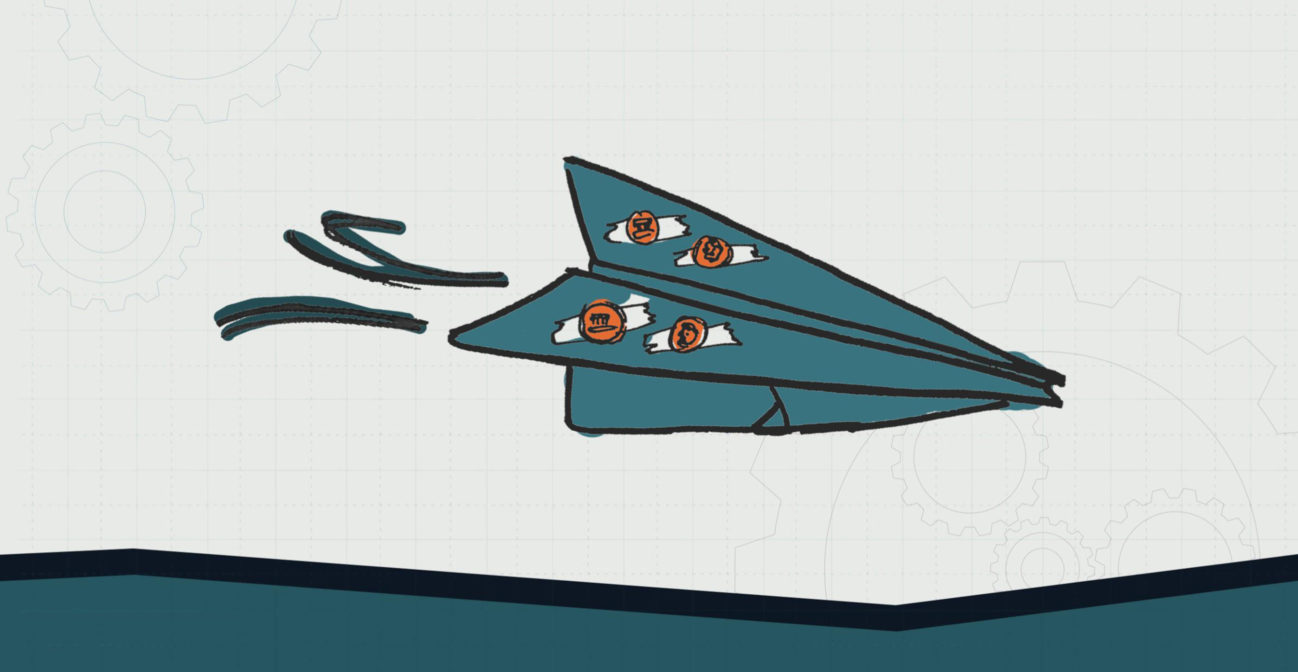Join us for conversations that inspire, recognize, and encourage innovation and best practices in the education profession.
Available on Apple Podcasts, Spotify, Google Podcasts, and more.

ELEMENTARY SCHOOL – LEVEL 2
Who doesn’t love paper airplanes? My favorite way to pass time as a kid, and I had dozens of styles that all flew differently. In this project, students will make paper airplanes and use them to fly cargo. Let’s see who can make a plane to carry the most weight the furthest distance.
MATERIALS NEEDED:
❏ Paper
❏ Tape
❏ Coins
❏ Paperclips
DIRECTIONS:
After some test flights, have students add some more weight, try for further distance, and rebuild until they have a plane ready to race. Now line up in groups and let them fly! Who can get the furthest carrying the most cargo? What was it about their plane that made it fly the best? What other designs were close, and why?
OBJECTIVE: Students will be able to design paper airplanes to support an argument that gravity is always locally directed downward.
ESSENTIAL QUESTION(S):
NGSS CONNECTION:
5-PS2-1. Support an argument that the gravitational force exerted by Earth on objects is directed down.
COMMON CORE CONNECTION:
ELA/Literacy
RI.3.1 Ask and answer questions to demonstrate understanding of a text, referring explicitly to the text as the basis for the answers.
W.3.7 Conduct short research projects that build knowledge about the topic.
W.3.8 Recall information from experiences or gather information from print and digital sources; take brief notes on sources and sort evidence into provided categories.
Mathematics
MP.2 Reason abstractly and quantitatively.
MP.5 Use appropriate tools strategically.
RI.5.1 Quote accurately from a text when explaining what the text says explicitly and when drawing inferences from the text.
RI.5.9 Integrate information from several texts on the same topic in order to write or speak about the subject knowledgeably.
W.5.1 Write opinion pieces on topics or texts, supporting a point of view with reasons and information.
DOK:
Level 2: Concept
Level 3: Strategic Thinking
Level 4: Extended Thinking